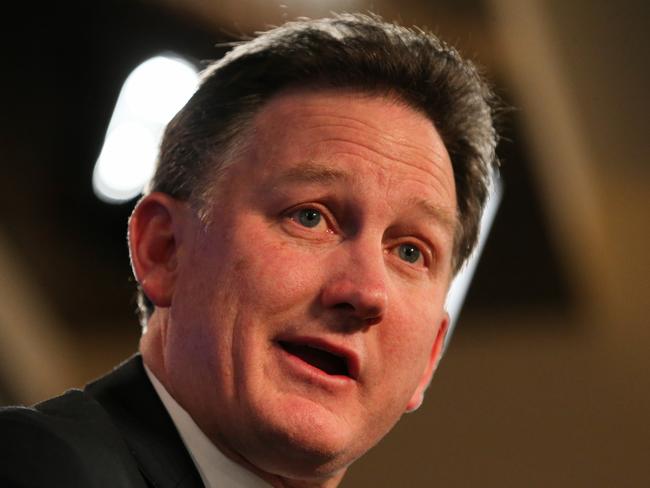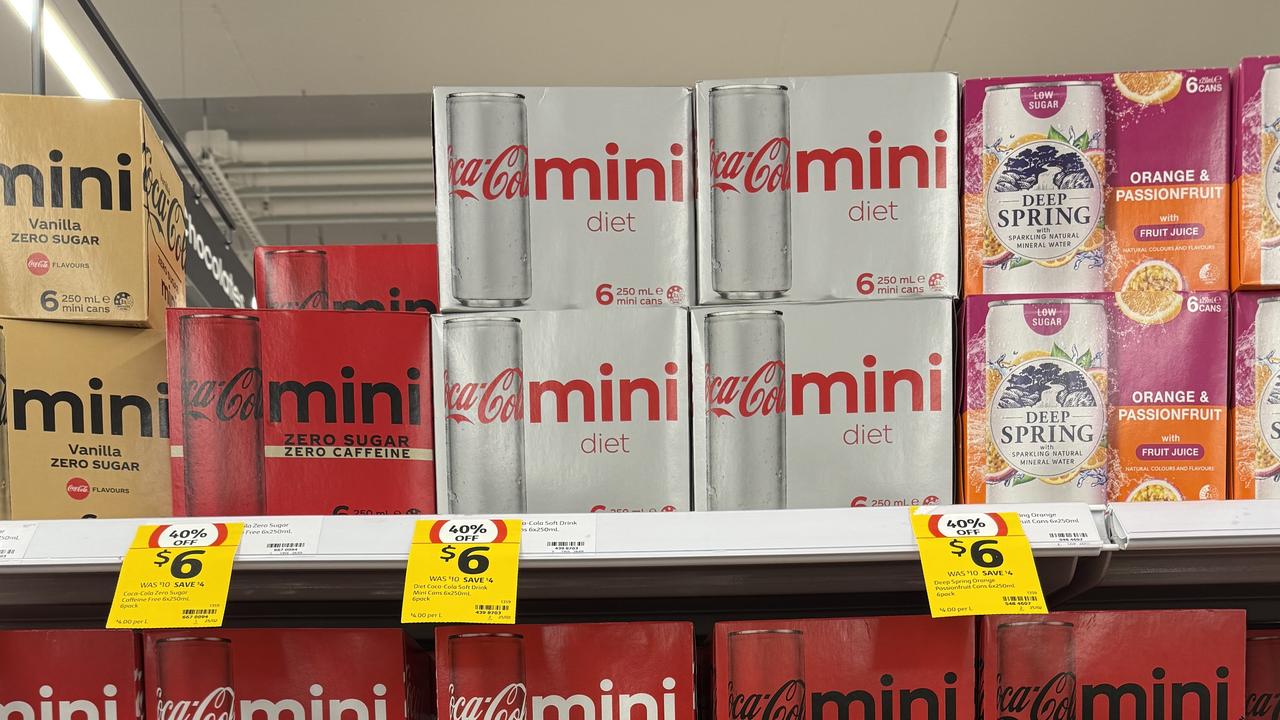Australian Medical Assocation reveal best and worst health funds as premiums rise on April 1
DOCTORS reveal the best and the worst health funds and show some policies will leave their members with gap fees on half of all medical services.
Health
Don't miss out on the headlines from Health. Followed categories will be added to My News.
EXCLUSIVE
DOCTORS have revealed the best and the worst health funds in a new report card that shows some policies will leave their members with gap fees on half of all medical services.
The Australian Medical Association has warned people to avoid “junk” policies as they look to switch funds in the wake of the $200 premium hike that takes effect today (Saturday).
The AMA has released its annual Private Health Insurance Report card which says the amount health funds pay in benefits can vary widely between states with some health funds providing benefits for cataract surgery that are 20 per cent lower in one state than another.
Payouts for knee replacements are 18 per cent higher in some states than others.

The AMA revealed GMHBA is the health fund most likely to leave patients facing gap fees in NSW. Members who use this fund will have a gap fee to pay on one in three of their medical services, the AMA says.
The doctors’ own health fund Doctors’ Health and RT Health, a closed health fund for transport workers, have emerged as the funds least likely to leave members with gap fees. 92.6 per cent of medical services are provided at no gap to members at these funds, the AMA report shows.
In Victoria, Cessnock District Health Fund (CDH) is the fund most likely to leave members with gap fees.
Members of this fund will have to pay a gap on 38 per cent of medical services, the AMA report card shows.
In Victoria, Seventh Day Adventist health fund ACA has emerged as the fund least likely to leave members with 94.6 per cent of medical services attracting no gap. At Australian Unity 94 per cent of medical services have no gap.
In Queensland, Cessnock District Health fund has emerged as the fund most likely to leave members with gap fees, 40 per cent of services attract a gap fee at this fund
The doctors own health fund Doctors’ Health is the best health fund in Queensland with 94.6 per cent of medical services provided at no gap, followed by Seventh Day Adventist Health fund ACA which provides gap free cover on 94.5 per cent of services, Australian Unity covers 93.6
per cent of services at no gap.
In South Australia, Cessnock District Health Fund is the fund most likely to leave people with gap fees, more than 40 per cent of medical services attract gap fees in this fund, at GMHBA and HBF around 28 per cent of services will have a gap.
In South Australia, Transport Health is the fund least likely to leave its members with gap fees, where 98.3 per cent of medical services are provided with no gaps, Navy Health covers 95.5 per cent of medical services with no gaps and Reserve Bank members get 95.1 per cent of their medical bills covered with no gaps.
In Tasmania, more than half of all medical services attract gap fees in the Mildura Health Fund (MDHF) and one in three medical services have a gap in Latrobe Health.
However members of Cessnock District Health Fund have 100 per cent of their bills covered, the highest in the country, and 97.5 per cent of medical bills are provided with no gap to members of the Seventh Day Adventists health fund ACA.

“There are lots of policies on the market that will not provide the cover that consumers expect when they need it,” AMA president Dr Michael Gannon said.
“If people have one of these “junk policies”, the AMA encourages them to make changes to get better cover and better value for money,” he said.
RELATED: The worst health fund ‘junk policies’ named
RELATED: The rebate that adds another $50 to your health fund premium
The AMA has also stepped up its fight against attempts by health funds to give patients information on how much doctors charge.
At present, patients have no way of comparing doctors fees or finding out before a medical appointment whether the doctor will charge a gap fee.
Health funds are trying to provide this information to consumers through various websites such as Whitecoat or BUPA’s Find a Healthcare Provider.
Medibank is telling GPs through practice software which specialists will charge their members gap fees so they can help choose another doctor.
In its submission to the Australian Competition and Consumer Commission’s health insurance inquiry the AMA says the sites amount to an attempt by health funds to manage patients care.
It says these websites are a “closed shop” and could mean price will become the motivator for referrals to specialists not the requirement to find the most appropriate clinician.
Doctors whose performance will be subject to patient reviews in these websites may start avoiding treating high risk cases such as diabetics, people who are morbidly obese and those in rural areas, the AMA warns.
It has also warned that health funds are starting to demand pre-approval rights over whether a patient can have a procedure or surgery.
It refers to previous News Corp Australia reports that funds are now asking doctors to submit forms providing clinical details about the removal of malignant and non malignant skin lesions before agreeing to pay for the procedure.
News Corp Australia has also reported on how health funds are buying GP surgeries, optical services and palliative care businesses and directing members to use certain providers.
“The private insurers are effectively choosing who may provide services and the conditions imposed upon the facilities,” the AMA says in its submission.
Health fund premiums will rise by an average of 4.84 per cent today (April 1) adding an average $200 a year to the cost of a family policy and $100 a year to the cost of a single policy.
Health Minister Greg Hunt says it is the lowest premium rise in 10 years but many health fund members face premium rises almost double the 4.84 per cent average.
“The AMA wants this report card to be a catalyst for greater transparency and clarity from the private health insurers about their products, and a signal to consumers to thoroughly know their private health insurance product before signing up,” Dr Gannon said.
Originally published as Australian Medical Assocation reveal best and worst health funds as premiums rise on April 1


